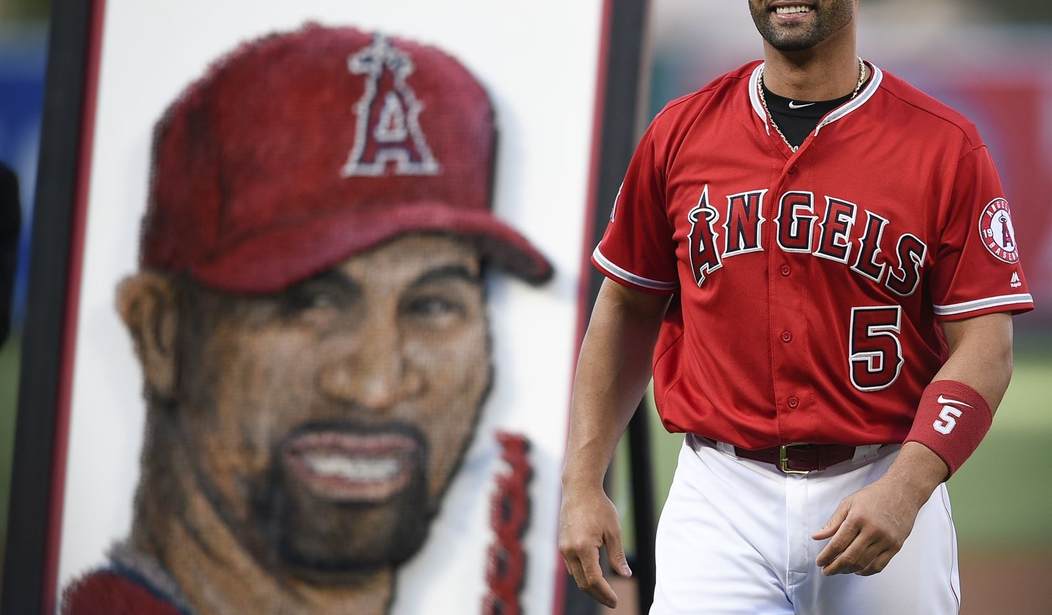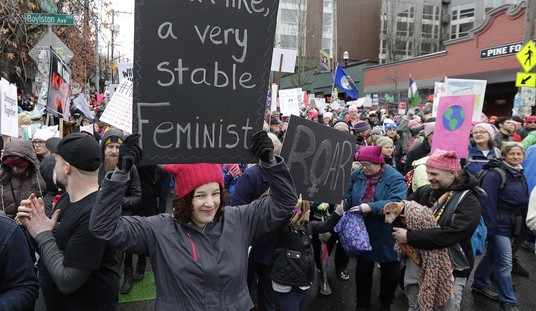Willie Mays turned ninety a couple of days ago. While Nancy Pelosi can’t tell the difference between him and the late Willie McCovey, luckily the San Francisco Giants can and gave Mays a nice party before their game Friday evening against the San Diego Padres. As a point of reference, the Padres’ first year in the National League (1969) was Mays’ nineteenth minus one year missed due to a stint in the military.
During the 1972 season, the Giants traded Mays to the New York Mets. He was obviously at the end of his tether as a player, but stuck around for 1973 and the Mets’ run to the World Series where they faced off against the Oakland A’s. Who, when Mays started playing, were the Philadelphia A’s. Mays, for two decades one of if not the greatest center fielders to play the game, was dreadful in the field and did not play in the final four games of the series, which the A’s won in seven.
Mays came to mind a few days ago when the Los Angeles Angels of Anaheim (or whatever they’re calling themselves these days) released Albert Pujols. In his first eleven years in the majors, all with the St. Louis Cardinals, Pujols was a force of nature. His lowest batting average was .299, he averaged over forty home runs a year, won three MVP awards, and notched two World Series wins. And that’s but a small, small part of his accomplishments.
After the 2011 season, Pujols signed a ten-year megabucks deal with the Angels. Problem was, the contract started as Pujols’ offensive output started a slow decline. This being the final year of his contract, and with Pujols being barely a shadow of his former self, gave the Angels all the impetus they needed to call it a day.
The questions facing every veteran star athlete are 1) when will they start seeing their skills diminish to the point where they are no longer effective, let alone capable of performing at the level to which they have grown accustomed, and 2) when they admit the obvious, what will they do? Some go into a strong sense of denial, doing their best to somehow hold on despite all evidence pointing to the inevitable conclusion that it’s time to go home. Others go out with a bang; Ted Williams hit a home run in his final at-bat, ran the bases, and then disappeared into the dugout, never again appearing as a ballplayer. Then there’s Tom Brady, who’s apparently discovered that Ponce de León’s fountain of youth is actually a secret water fountain hidden somewhere in Raymond James Stadium. But there’s only one Tom Brady.
Watching a favorite athlete struggle at something that once seemed as natural and easy as breathing is a sobering reminder of our own limitations. The old joke about how it’s a pity that youth is wasted on the young loses a good part of its humor when you’re the one fighting, or watching someone fight, an inevitably losing battle against Father Time. It’s clear to everyone save Pujols himself that he is no longer capable of performing at a major league level, let alone anything close to the greatness he enjoyed in the first half of his career. Arguments can and will be made about this being a cautionary tale against excessively long contracts, but that isn’t what is the central focus here. Rather, it’s the sad reminder that eventually time calls itself on us all.
This is not the end of the story, however. The same time that is now telling Albert Pujols to call it a day will eventually soften the memories of Pujols’ decline. Instead, his greatness will be that which is recalled and celebrated. Pujols will certainly be enshrined in the Hall of Fame as a Cardinal, for it was in St. Louis where he set performance standards beyond the grasp of most every other ballplayer past or present and most likely future. This is how I prefer to remember him. I’m hoping he’ll allow this to start sooner rather than later by taking stock of his situation and realizing yes, it is time to go.














Join the conversation as a VIP Member